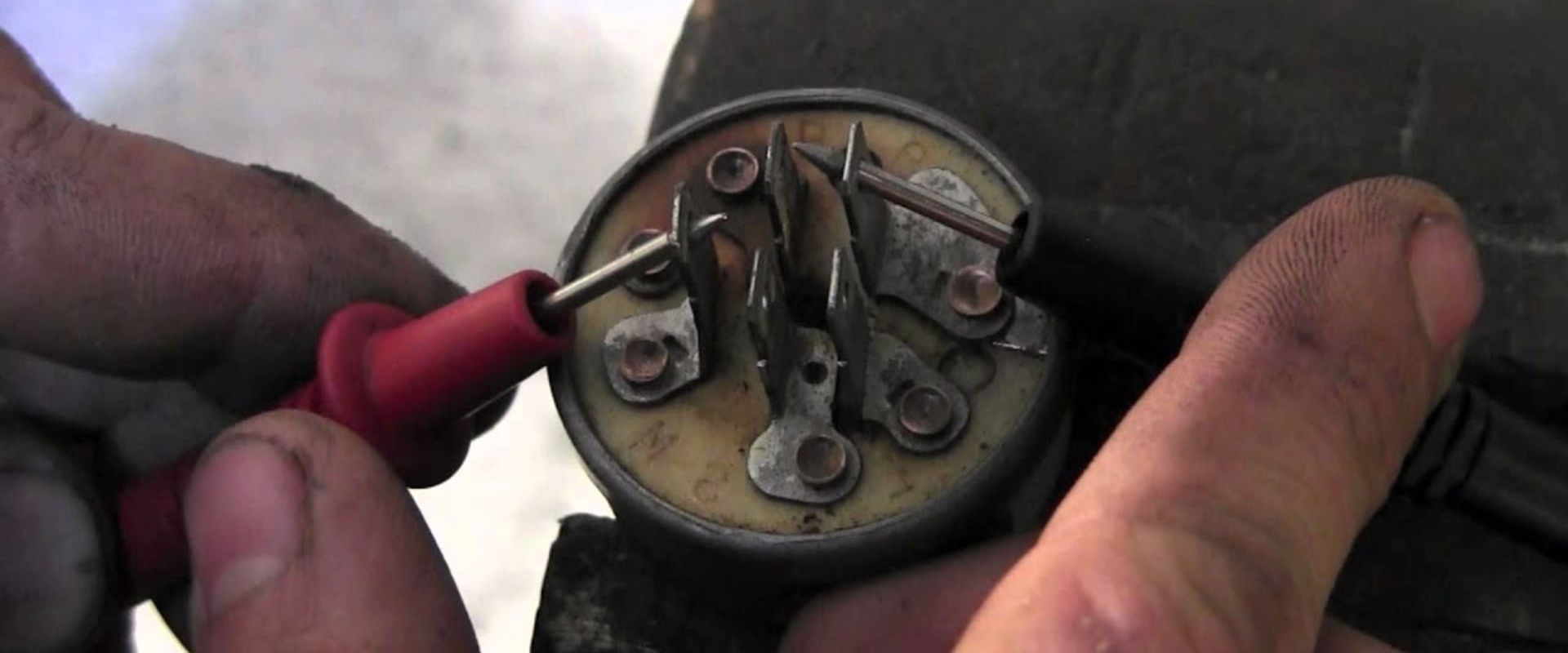Brazil nuts have never been successfully grown at scale on farms, and in nature they depend on the conservation of the surrounding forest. With a height of up to 60 meters, the trees are among the tallest in the vast South American forest, living happily for 500 years, and not unusually until 1, 000 years.
Brazil nuts
are an interesting crop. Native to the Amazon rainforest, Brazil's chestnut trees can grow up to 150 feet (45 m).However, they are almost impossible to grow because their pollination requirements are very specific. Only certain native bees can get into flowers and cross-pollinate to produce nuts, and these bees are virtually impossible to domesticate. Because of this, virtually all Brazil nuts in the world are harvested in the wild. Read on for information on the Brazil nut harvest and the chestnut tree.
Growing your own Brazil nuts will require a little patience, and while difficult, it's a rewarding endeavor. First, you need to collect some Brazil nuts. If you take them from the bag of mixed shelled nuts mentioned above, you will not be able to spread them. Those nuts have been boiled as part of their processing.
The boil will kill the seed, making it powerless. Of the many imposing trees in the rainforest, Brazil walnut (Bertholletia excelsa) is one of the most intriguing. The tree is best grown in the U.S. UU.
Department of Agriculture Plant Hardiness Zone 11 and above. Known to require very specific conditions for growth, flowering and fruiting, Brazil nuts are usually harvested directly from wild trees. Brazil chestnut trees are approximately 160 feet tall and, when properly grown, produce creamy white flowers and massive, segmented fruits full of edible nuts. Growing these trees is a difficult task, even if you live in a chestnut growing area, but it is also a very rewarding task.
Once you have a raw Brazil nut, you can plant it in a jar with nutrient-rich soil. Once the seeds have germinated, you can move them to a larger container. Most Brazil Nuts Imported to the U.S. Undergo processing that involves soaking and boiling.
Boiling kills the seed, making it impossible for it to sprout. Suitable seed stocks can be purchased through online nurseries, harvested directly from rainforest trees, or sourced from specialty markets. Do your research and ask lots of questions to make sure you're getting healthy, raw nuts to plant. Soaking allows the outer shell of the seed to soften for shelling and allows the nut to sprout.
Fill a large glass jar with one-third of the shelled walnuts and cover it for twenty-four hours. Pour in the water and rinse the nuts. Continue the process, reducing the soak time to eight-hour increments until you see sprout. Once you see sprouting, carefully remove the outer shell of the nut.
Brazil nuts require a series of very specific conditions in order to germinate. The best way to achieve most of these conditions is to prepare an environment similar to that of the rainforest. Fill two-thirds of a large canning jar with moist, nutrient-rich potting soil. Keep a piece of cheesecloth and an elastic band handy to cover the jar once the sprout has been planted.
Creates a depression in the soil deep enough to cover the entire seed. Cover the seed with soil and water moderately without fogging up the soil. Cover the jar with cheesecloth and secure it with an elastic band. Place the jar in a place with low sunlight or indirect light.
Check seed frequently for signs of germination or failed germination. A germinated seed will show signs of germination, while a failed germination will show mold in the jar. If your seed has germinated, move the jar to a sunny spot. Remove cheesecloth for about three to four hours a day to provide fresh air to the plant.
Once the tree develops a set of true leaves, move it to a larger, covered pot so that it has room to grow. If you don't end up with pounds of Brazil nuts, at least you'll have a gorgeous-looking tree tower that will last hundreds of years. Pickers harvest Brazil nuts during the wet season (January-March), when most of the fruits of the trees have fallen to the forest floor. Both Bolivians and rural Brazilians rely on the collection and sale of Brazil nuts as their main source of income.
Brazilian walnut trees (Bertholletia excelsa) are the only species of the monotypic genus Bertholletia, named after the French chemist Claude Louis Berthollet. The real fruit of the Brazil nut tree is a large seed pond that looks like a coconut and can weigh up to five pounds (2 kg). Brazil's walnut trees can take up to 20 years to produce nuts, so this is a project that requires a lot of patience. Unfortunately, chestnut harvesting depends on a large, unaltered habitat for trees, as well as pollinator bees and rodents that spread the seeds.
But the first mention of Brazil nuts from Western sources dates back to 1569, when Spanish and Portuguese explorers walked through South America, fighting, killing and subjugating native peoples. The Brazil nut comes from the Bertholletia excelsa tree, which is found throughout the Amazon rainforest, an area that spans approximately 2.7 million square miles in South America, stretching northwestern Brazil to Peru, Bolivia, Colombia, Venezuela and Ecuador. But Brazil nuts don't fit that at all; they're actually considered seeds, since they come in large baseball-sized pods in groups of 10 to 24. .

Leave Message